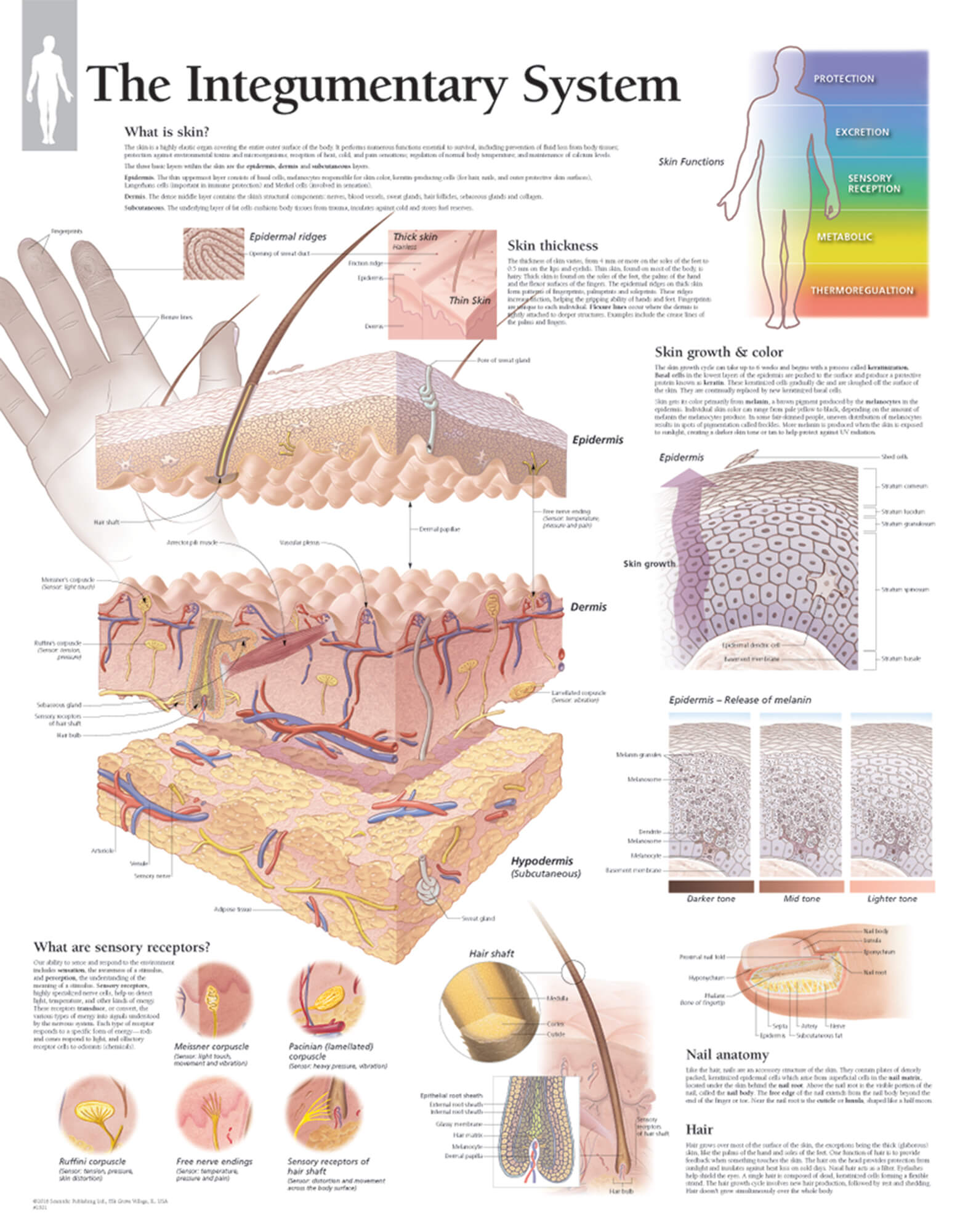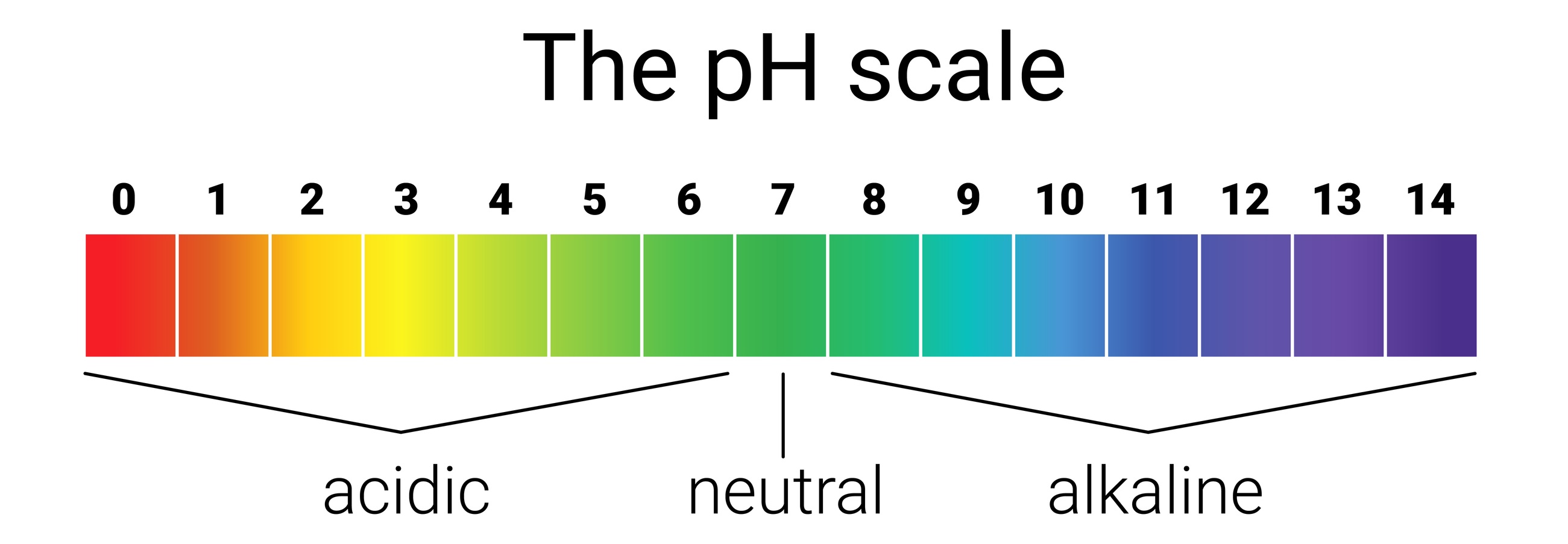Joseph
The Integumentary System
The Integumentary System is the Set of Organs forming the Outermost Layer of an animal's Body. It Comprises the skin and its saphenous, which acts as a physical barrier between the external and the internal environment
Anatomical Directions



Frontal, Transverse, and Sagittal


The Integumentary System at a Cellular Lvl
Temperture
The integumentary system helps regulate body temperature through its tight association with the sympathetic nervous system, the division of the nervous system involved in our fight-or-flight responses.
When temperatures rise, the body reacts by increasing blood flow to the skin’s surface, taking the heat from within the body to the surface. This means sweat. As the sweat evaporates, the body cools down.
When the temperature Drops, the body reacts by moving the blood to the center of the body and the skin creates chill bumps and sucks in heat to regulate the temperature
The integumentary system has sensory receptors that can distinguish heat, cold, touch, pressure, and pain. The skin and its derivatives (sweat and oil glands, hair and nails) serve a number of functions, mostly protective

pH
Your integumentary system helps you absorb vitamin D, which acts as a hormone and is crucial to your bone health because it affects calcium absorption.
Normal pH range is 4.5 to 5.5. This is a result of a sufficient amount of sebum on the skin, and this serves as a protection barrier to prevent bacteria from invading the skin.
When the body temperature rises, the arterioles serving the superficial dermis dialate to bring the warm blood to the skin where the heat can be lost to the environment by radiation
If the pH levels go down too much in the body, the enzymes will start to denature (unfold), and will no longer work properly, which would have disastrous effects on the human body.

Blood Pressure
The Integumentary system Normal Blood Pressure level is 120-129
The pressure against a hard surface reduces blood supply to that area, causing the skin tissue to become damaged and become an ulcer.
Immediate medical treatment is needed. Symptoms of hypovolemia typically include low blood pressure, a rapid heart rate, and increasing mental confusion.

